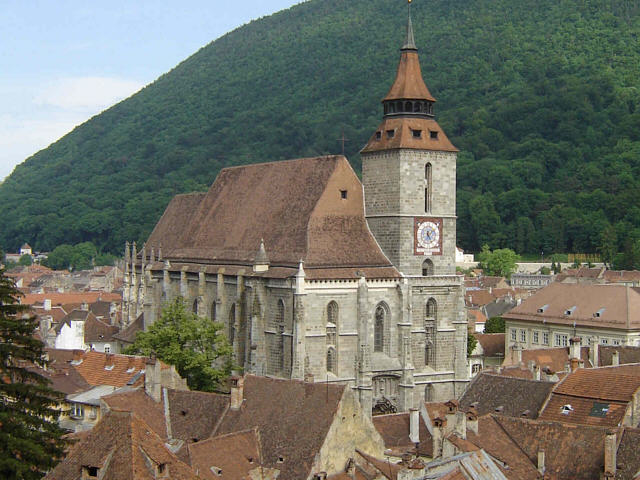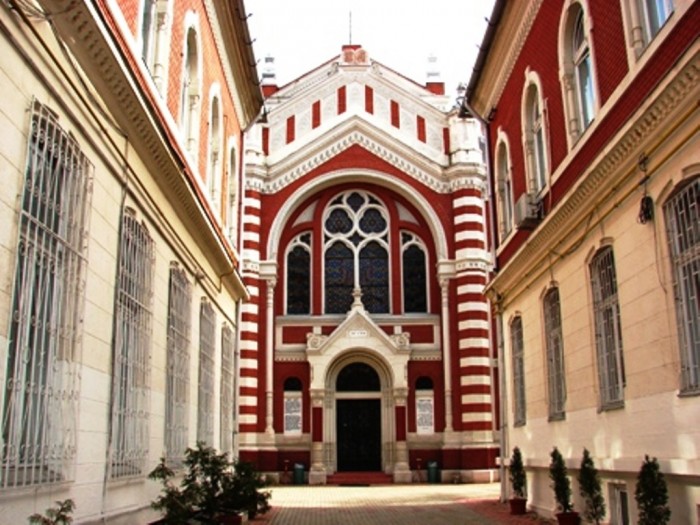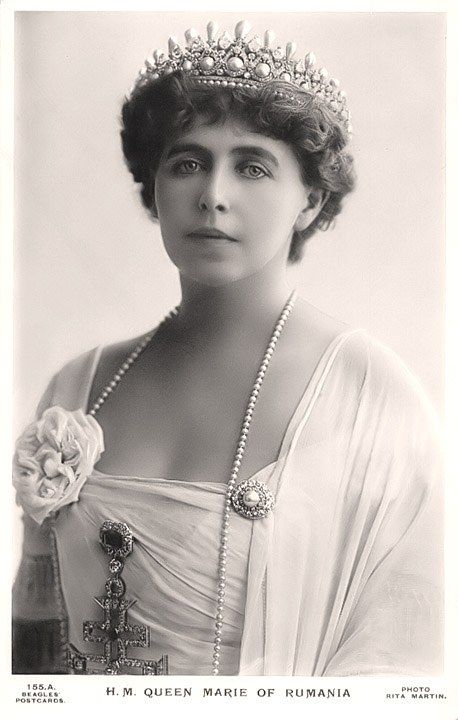July
27, 2015
We started the day with our walking tour of the city. Braşov is the 7th most populated city of Romania.

One of the buildings here has an interesting origin. A noble couple had a young daughter who fell off a horse and died. She was laid out in the church. Some thieves came and tried to cut off her finger to get her jewels. This woke the girl up because she had only been in a coma. The parents were so grateful that their daughter was not buried alive, they promised the thieves anything they wanted. The thieves asked for a building for the merchants, which they got.
The Black Church took almost 100 years to build, from 1385 to 1477. It got its name because of a fire at the end of the 17th century that destroyed most of the town, and blackened the walls of the church. It then took nearly 100 years to restore the church. The church has stone columns and Turkish carpets, and an 1839 organ with 4000 pipes. The church bell is the largest in Romania and weighs roughly seven tons.

Yekaterina's Gate is one of the oldest gates (built in 1559) and the most beautiful. It has been restored to its original state. It has wooden corridors, a drawbridge over a moat, and four towers. The towers represented the fact that the city had judicial autonomy and could impose death sentences. One story tells how Yekaterina and Vlad Ţepeş fell in love and had children. The locals killed her because of her relationship with Vlad, and they built the gate giving it her name. The 4 towers were a warning to visitors that they had to obey city laws. For centuries it was the only gate that allowed access on the northern part of the fortress. The gate was walled up and used for storage until 1955, then restored in 1973.

After a short tour of Brasov (we're glad we were among the 6 who came into town last night!), we had time to go off on our own. Since we had seen alot last night, we hopped over to the Jewish synagogue.
The Sinagoga Neologa is the Hebrew synagogue in Braşov. It was built in 1901 in a Gothic style with Moorish influences. Hebrew families first arrived in Brasov in 1807 and numbered 769 in 1890. Numbers had gone up to 6000 people by WWII. During May 1944, almost 150,000 Jews in northern Transylvania were sent to Auschwitz and almost all were murdered.

We also ran up to the Black Tower to get a good view over Brasov. Along the Graft Ditch we ran into a very sweet Romanian couple who couldn't figure out that their camera wasn't taking a picture because it was in video mode.
At noon we headed to Bran Castle in Transylvania. Transylvania means “beyond the woods” because it is a dark, forbidding place far away from civilization.
Bran Castle is famously known as “Dracula's Castle”. When Bram Stoker wrote the novel Dracula, he never actually named the castle, but it was based upon a description he had heard of Bran Castle at that time (Bram Stoker himself never visited Romania). Bran Castle is the only castle in all of Transylvania that actually fits Bram Stoker’s description of Dracula’s Castle. The real life inspiration for Dracula was a Walachian ruler named Vlad Ţepeş; however, Vlad Ţepeş did not live at Bran Castle at all. Even so, the atmosphere of Dracula is here: “a magnificent, brooding castle with narrow passageways, secluded courtyards, and gabled turrets” (Viking description).
More on Vlad Ţepeş in another blog; here is the real history of Bran Castle:
Bran is actually the location of the castle. Bran is a Turkish name meaning “gate”. King Louis the Great of Hungary granted permission for the castle in 1377 (when Transylvania was ruled by the Hungarians), and it was completed in 1388. The castle had two functions: it levied a tax of 3% against all goods going in and out of Transylvania; and it was a fortress to protect the border of Transylvania, especially from the Ottoman Empire (the Turks). Thus the ones to inhabit the castle were professional soldiers and mercenaries. There was always a lord of the castle, elected by the King. The castle saw centuries of war, poverty, and different political regimes.
There have been many legal battles regarding ownership between the royal family and the state. In 1407, the castle was entrusted to the Princes of Transylvania. It was privately sold in 1651, and lost its commercial and military importance in the 1800s. It was even inhabited by foresters for 30 years and fell into disrepair. After 1918, Transylvania became part of Greater Romania, and the castle was offered to Queen Maria of Romania.

Queen Maria restored the castle and it was used as a residence of the royal family. In 1948, her descendents were forced to leave the castle and the country due to the new communist regime. The communists assumed ownership of the castle and transformed it into a museum in 1956. After many years of legal proceedings, the castle was returned to the royal family in 2009. The royal family who now owns it are descendants of Queen Victoria with the last name Habsburg. They are 3 siblings in their 70's, and in 2014 they put the castle up for sale. For anyone interested in buying “Dracula's Castle”, there are 57 rooms on 22 acres. However, the property has no plumbing or bathrooms, and is selling for $135 million. The owners are asking that the castle continue to be used as a tourist destination, since it is the most significant tourist attraction in Romania.
We are back in Bucharest at the Intercontinental. We had dinner with Annette and Trevor, Frankie has connected with Annette because she is also gluten free. They are from England but have lived in Australia for decades.
We wandered the Old City after supper, and ended up in some very interesting areas.... It's a restaurant, we think!
Graffiti shot of the day:




No comments:
Post a Comment